Living Plant Walls are quickly becoming a trending addition to public/shared spaces. Beautiful and invigorating, they are here to stay.
We often get Designers asking what dangers to look out for when specifying a Live Wall, on the pages to follow we seek to answer this question. This is not to cause fear as the problems can easily be overcome with tried and true solutions.
After 12 years of installing and maintaining live walls we hope you can benefit from our experiences.

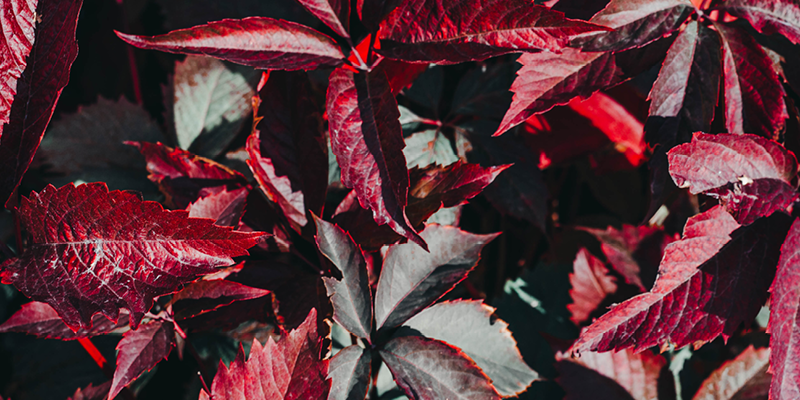
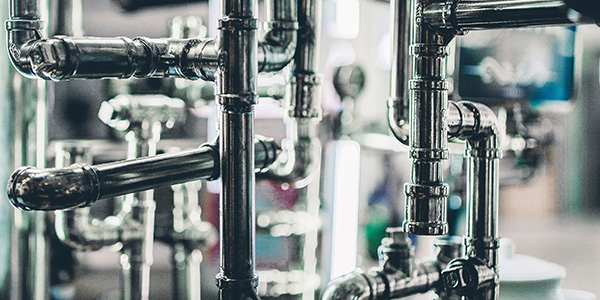
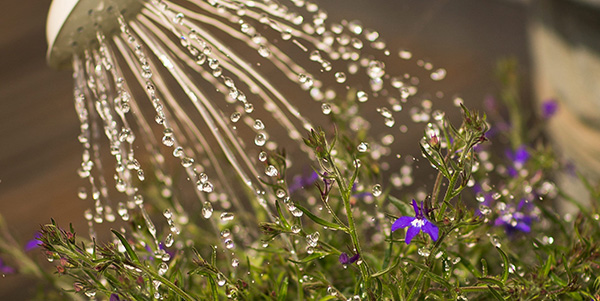
Live plants that are out of their natural habitat will need some level of care. Standard maintenance needed for live wall success includes irrigation, pruning, cleaning, and scouting for pests or disease. While irrigation can be mostly automated and remotely monitored, you will still need to inspect and monitor this and adjust for seasonal fluctuations.
With a well designed live wall we recommend having at least a monthly service visit by a professional horticulturist. Maintenance doesn’t have to break the bank but it should be planned on as an on-going program to ensure success. Our Project Specialists make sure to cover these items ahead of time and ensure clients understand the ongoing needs of their Living Wall.
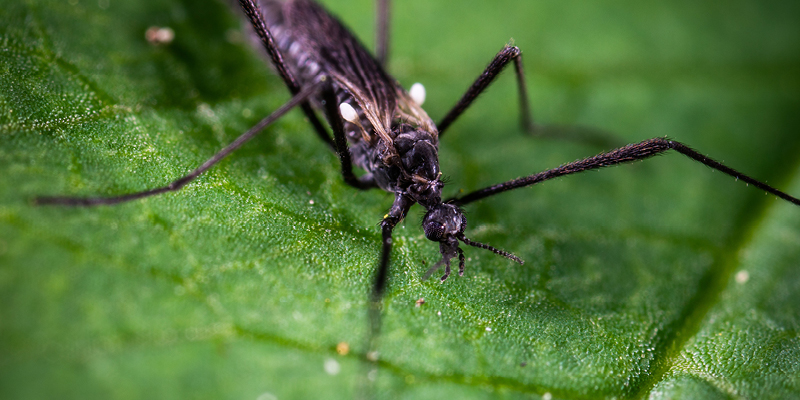

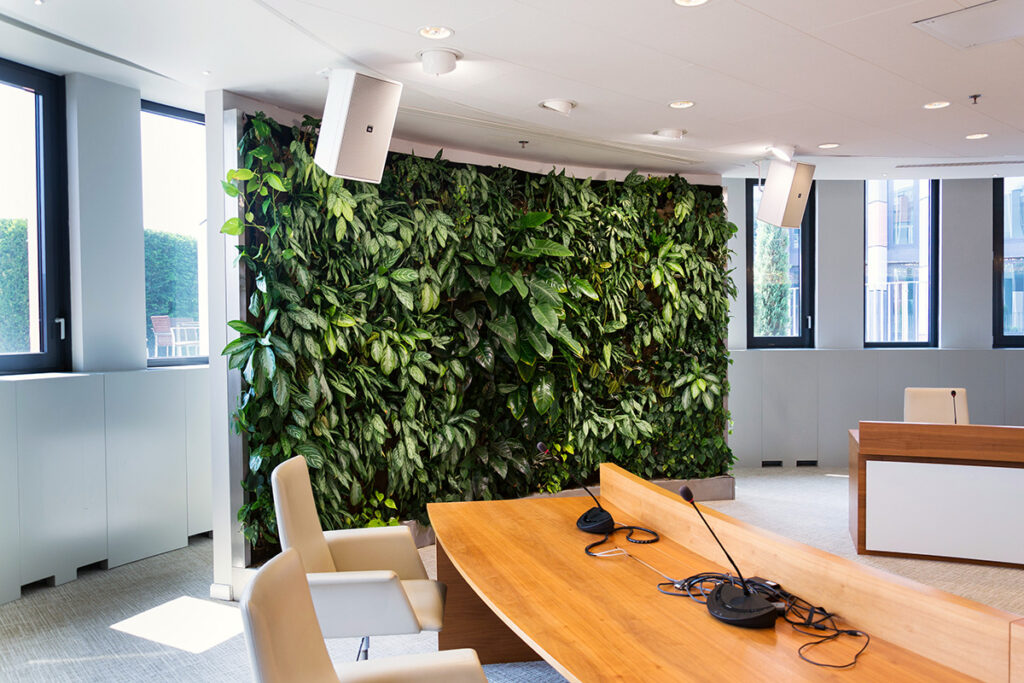
Copyright © 2024 Green Oasis- All Rights Reserved